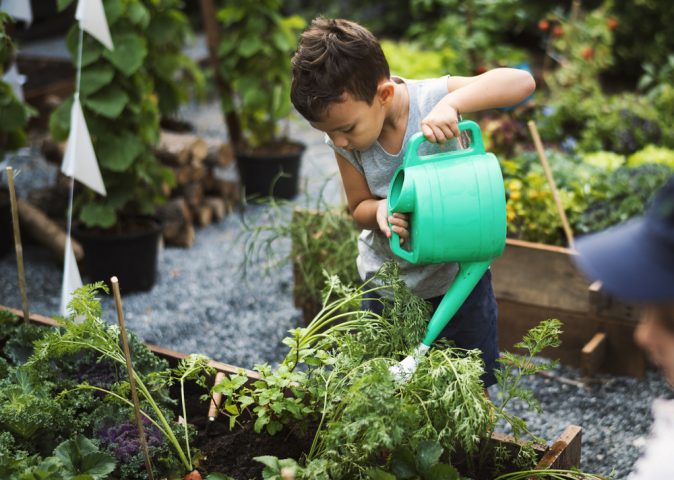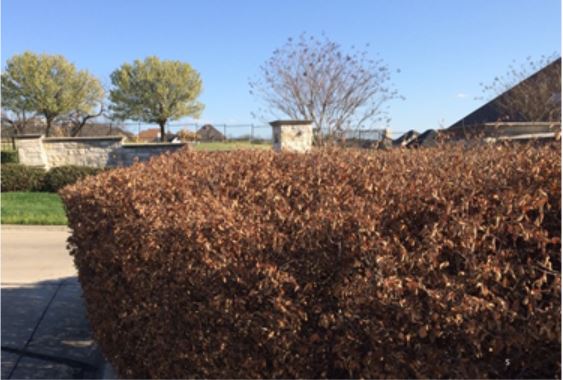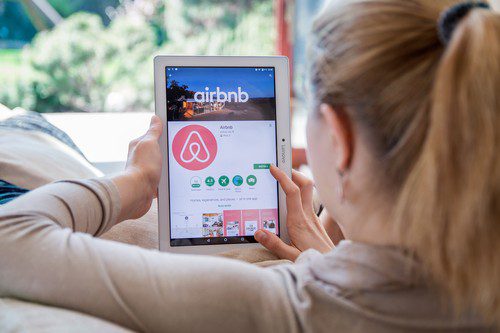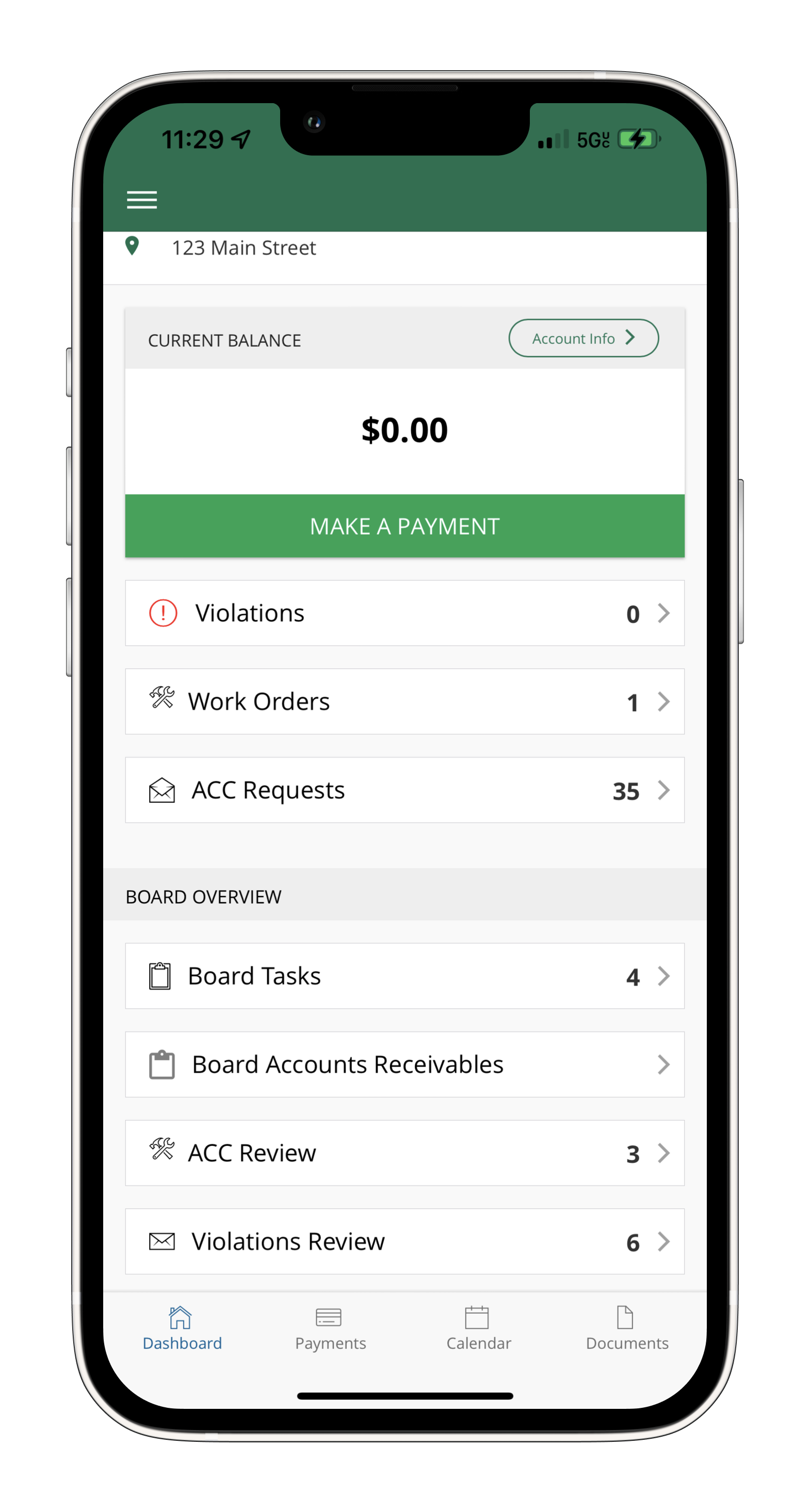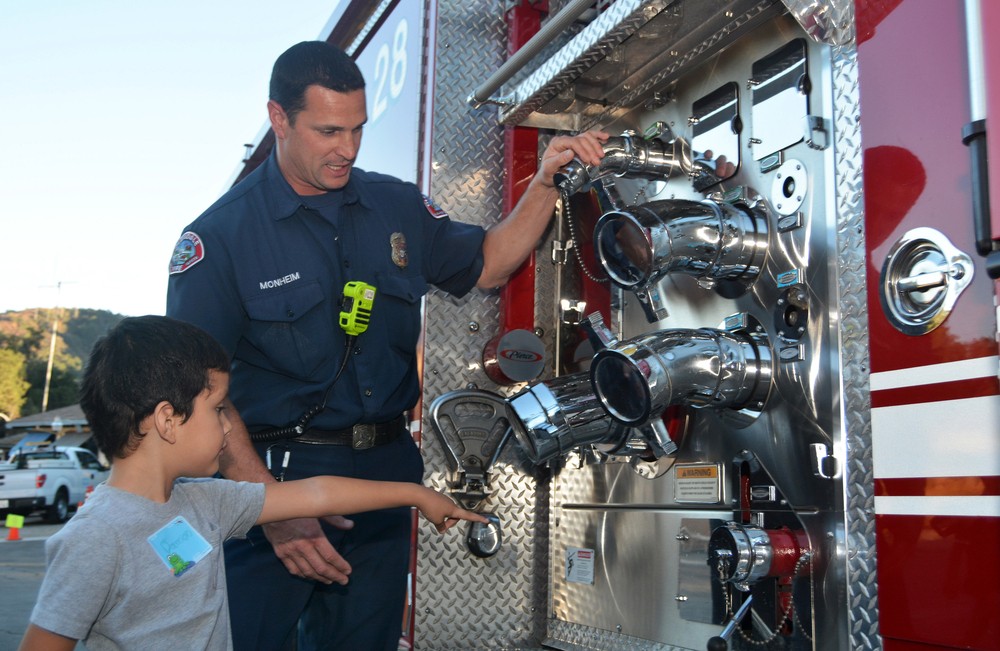
How to Build a Partnership with City Officials
February 4, 2019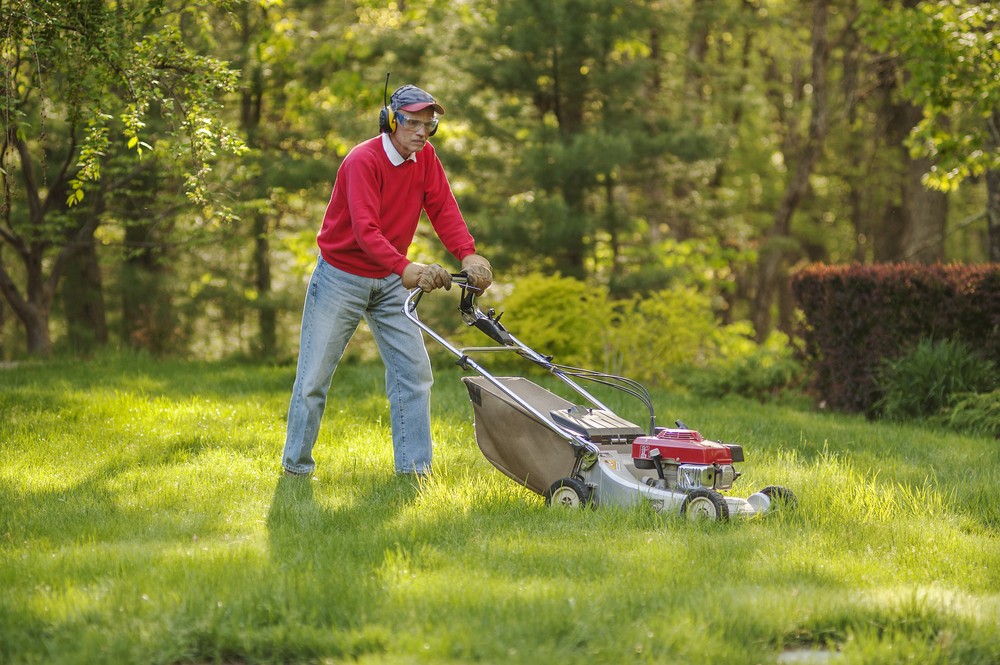
How to Get Renters Involved in Your Community
February 28, 2019
For a variety of reasons, most homeowners associations never quite capture the level of engagement that is needed to create a rich sense of community. Successful communities combine conventional and unconventional approaches to get community members engaged.
Creating a community that homeowners and residents love requires more than just an effective HOA board. While a board can hold town hall meetings and make executive decisions in the interests of homeowners, what makes an even greater difference are the contributions of HOA members. In particular, homeowner and resident involvement and volunteerism combine to create a sense of unity that defines the experience.
For a variety of reasons, most homeowners associations never quite capture the level of engagement that is needed to create a rich sense of community. It is rarely because they don’t care; more often, it is because board members are busy with executive responsibilities, or are not sure how to encourage more involvement beyond asking for it at annual meetings.
So how are successful communities encouraging more involvement? They are combining conventional and unconventional approaches to get community members engaged:
- Be a channel for philanthropic endeavors. Hold a fundraising event for a local charity or in support of a family in need, in one of the HOA’s common areas. Or invite neighbors to bring their favorite charity proposals to a board meeting. Associations can facilitate community philanthropy by implementing fundraising policies and offering suggestions for how members can reach out to friends and neighbors to make a collective difference. Generating community involvement in a cause will also help to cut down on random, unvetted solicitations.
- Offer more diverse opportunities for engagement. Given that many people have overwhelming demands on their time, provide opportunities to get involved in one-time activities, short-term projects, as well as in ongoing committee work. Emphasize the importance of making a contribution-no matter how small- to the enjoyment community living.
- Circulate a checklist at annual meetings, asking residents what skills they have to contribute. Attendees will not be reluctant to inform you of their basic abilities, if it does not require an immediate commitment. Distribute a checklist with twenty of the skills that make a volunteer valuable, including organizational, communication, social, and writing skills. This will enable you to follow up with the most qualified volunteer prospects when the needs arise.
- Circulate a checklist of important reasons to volunteer. Similar to #3, this requires no immediate commitment, but does make everyone more likely to contribute in the future, once causes they have identified as important become a volunteer opportunity. This checklist could also be circulated in a newsletter.
- Form a school zone safety committee. The cause volunteers are most likely to contribute to is safety in school zones. Parents of children have an obvious vested interest in keeping children safe, so ask them when they congregate at school, bus stops, and nearby intersections to form a school safety ad hoc committee that will implement speed bumps, speed zone signs, and other solutions to potential accidents.
- Be opportunistic in asking for involvement. Rally your board and volunteers to be clever in how they ask for involvement. For instance, if one of you finds a lost dog, when you return it to the owner, ask if she would like to work on a committee to set up a neighborhood pet registry, or a drive to get microchips for dogs. Or if a garage door was left open, inform the resident and then ask if he would like to volunteer on the crime watch committee. These ideas harness the power of the principle of reciprocity.
- RECOGNIZE CONTRIBUTORS. Many HOAs don’t realize the importance of recognition in everything people do. It is a primal urge. Sure, we want to appeal to our residents’ sense of altruism, but everyone is hardwired to want recognition for what they contribute, and to see or hear their names mentioned. Dedicate a section of your newsletters to showing appreciation for the work of contributors and volunteers. Enable a local business to sponsor the section by giving a FREE item (meal, flowers, or other item) to listed contributors. Feature stories about exceptional volunteers, and include pictures to bring the section to life. When others see how much this work is valued, they will be motivated to join in when they are asked. And of course, recognized contributors will be that much more likely to contribute again.
Thinking outside the box will help to generate more HOA contributions, and your residents are not the only ones who will benefit. These proactive and unconventional strategies will help to generate goodwill, encourage “paying it forward,” and eventually strengthen the surrounding community.
 Lois Bray
Lois Bray
Regional Vice President, CMCA®

